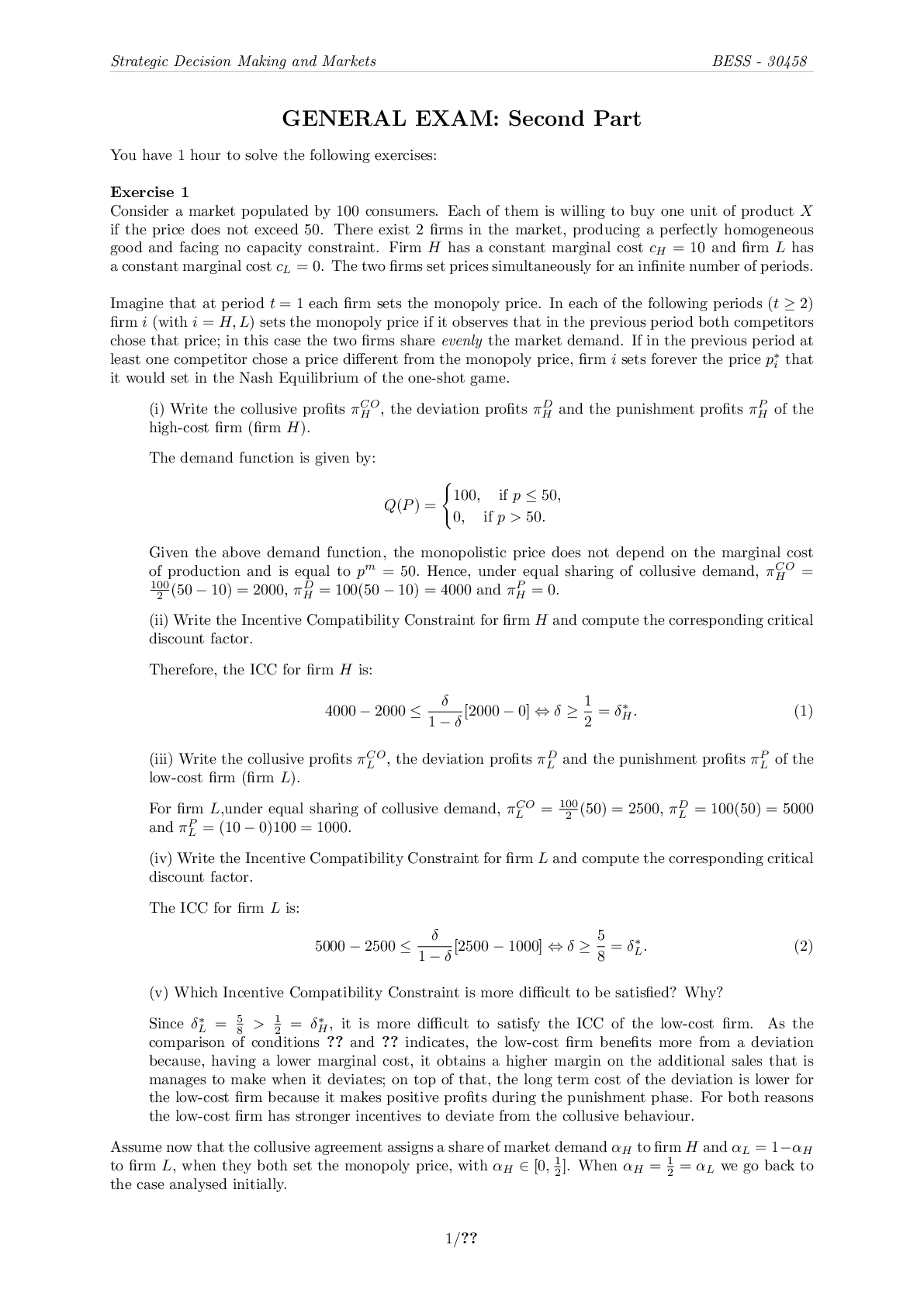Critical Thinking > QUESTIONS & ANSWERS > CHAPTER 11 DECISION MAKING AND RELEVANT INFORMATION: answers (All)
CHAPTER 11 DECISION MAKING AND RELEVANT INFORMATION: answers
Document Content and Description Below
11-1 The five steps in the decision process outlined in Exhibit 11-1 of the text are: 1. Obtain information 2. Make predictions about future costs 3. Choose an alternative 4. Implement the decisio... n 5. Evaluate performance to provide feedback 11-2 Relevant costs are expected future costs that differ among the alternative courses of action being considered. Historical costs are irrelevant because they are past costs and, therefore, cannot differ among alternative future courses of action. 11-3 No. Relevant costs are defined as those expected future costs that differ among alternative courses of action being considered. Thus, future costs that do not differ among the alternatives are irrelevant to deciding which alternative to choose. 11-4 Quantitative factors are outcomes that are measured in numerical terms. Some quantitative factors are financial––that is, they can be easily expressed in monetary terms. Direct materials is an example of a quantitative financial factor. Qualitative factors are outcomes that are difficult to measure accurately in numerical terms. An example is employee morale. 11-5 Two potential problems that should be avoided in relevant cost analysis are: 1. Do not assume all variable costs are relevant and all fixed costs are irrelevant. 2. Do not use unit-cost data directly. It can mislead decision makers because a.it may include irrelevant costs, and b. comparisons of unit costs computed at different output levels lead to erroneous conclusions 11-6 No. Some variable costs may not differ among the alternatives under consideration and, hence, will be irrelevant. Some fixed costs may differ among the alternatives and, hence, will be relevant. 11-7 No. Some of the total unit costs to manufacture a product may be fixed costs, and, hence, will not differ between the make and buy alternatives. These fixed costs are irrelevant to the make-or-buy decision. The key comparison is between purchase costs and the costs that will be saved if the company purchases the component parts from outside plus the additional benefits of using the resources freed up in the next best alternative use (opportunity cost). 11-8 Opportunity cost is the contribution to income that is forgone (rejected) by not using a limited resource in its next-best alternative use. [Show More]
Last updated: 1 year ago
Preview 1 out of 44 pages
Instant download
.png)
Buy this document to get the full access instantly
Instant Download Access after purchase
Add to cartInstant download
Reviews( 0 )
Document information
Connected school, study & course
About the document
Uploaded On
Jun 25, 2021
Number of pages
44
Written in
Additional information
This document has been written for:
Uploaded
Jun 25, 2021
Downloads
0
Views
67

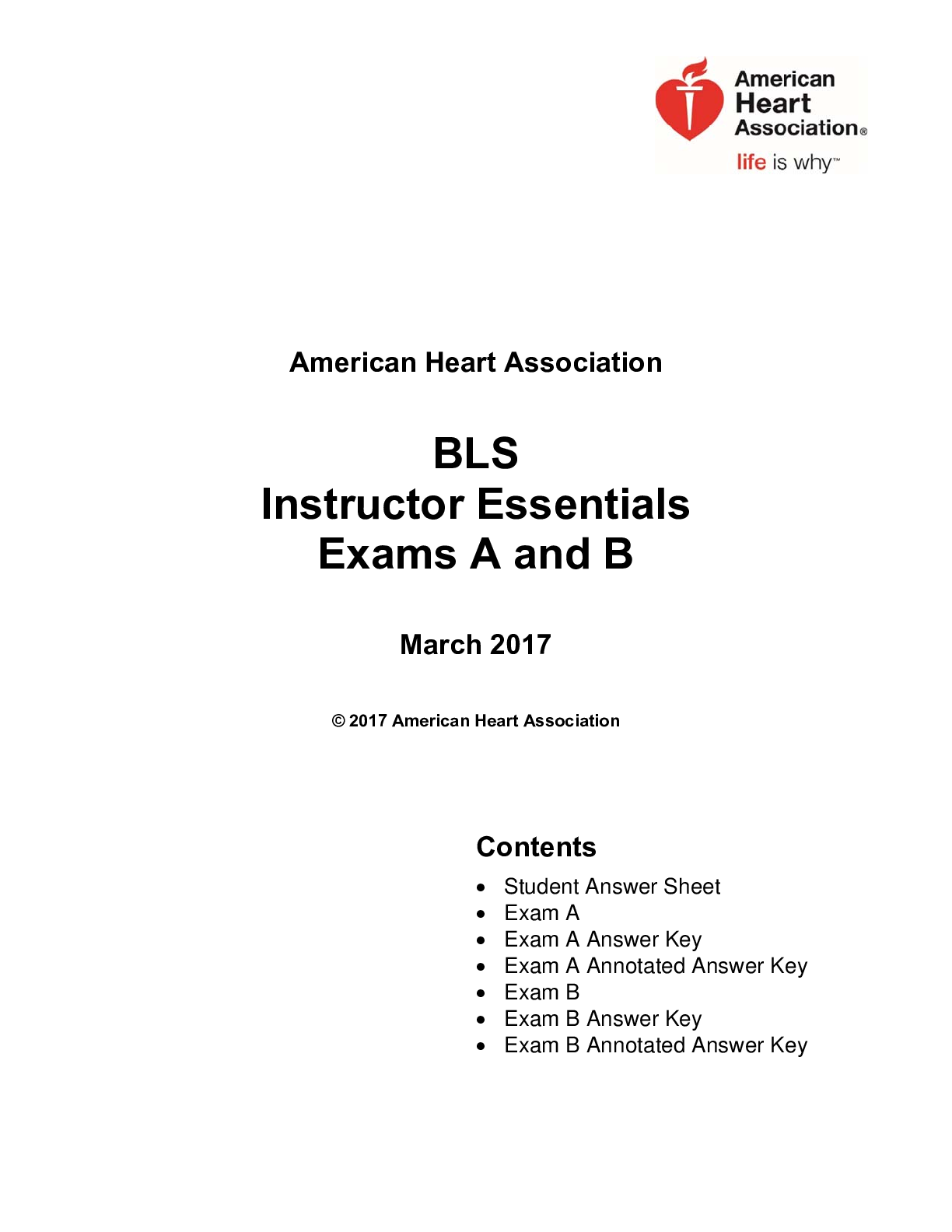

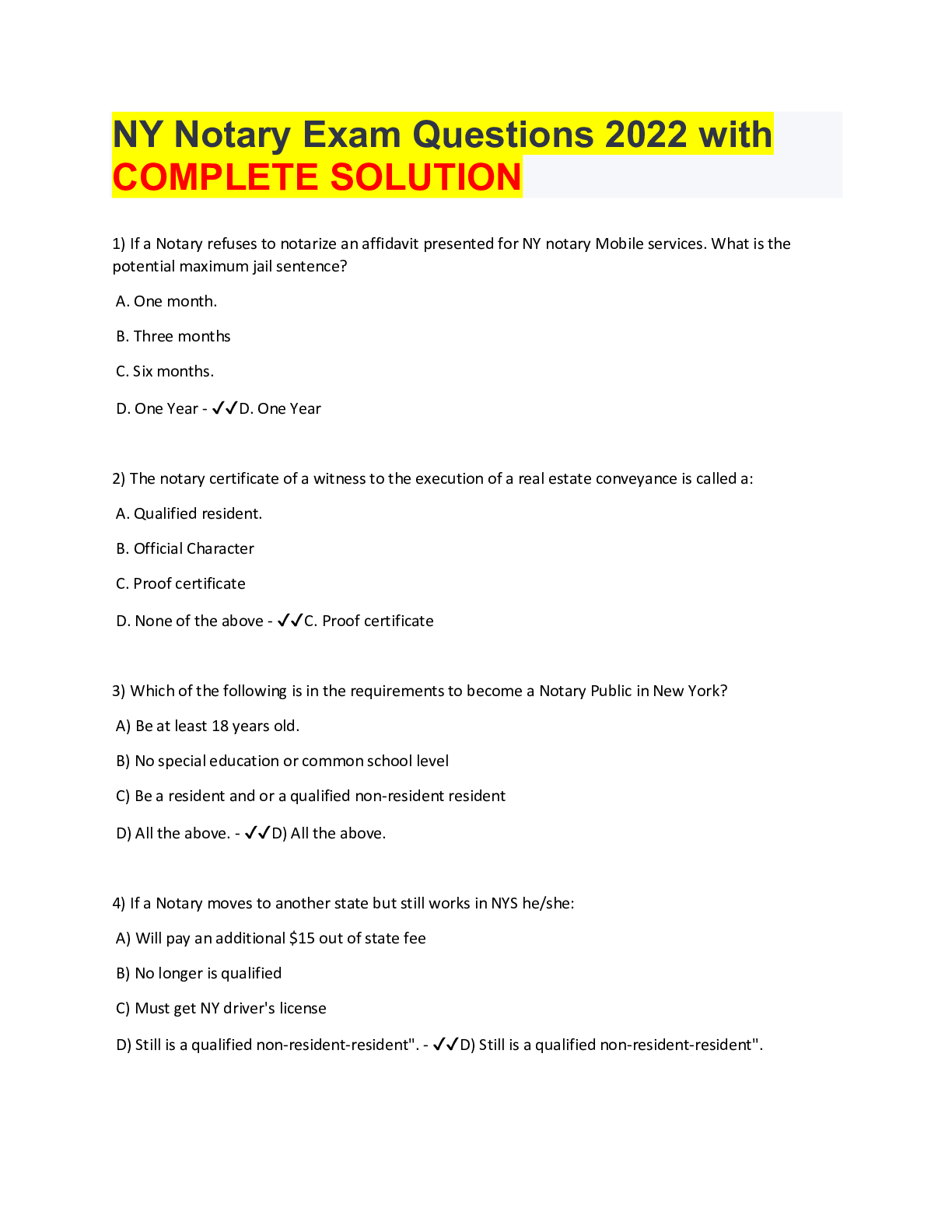

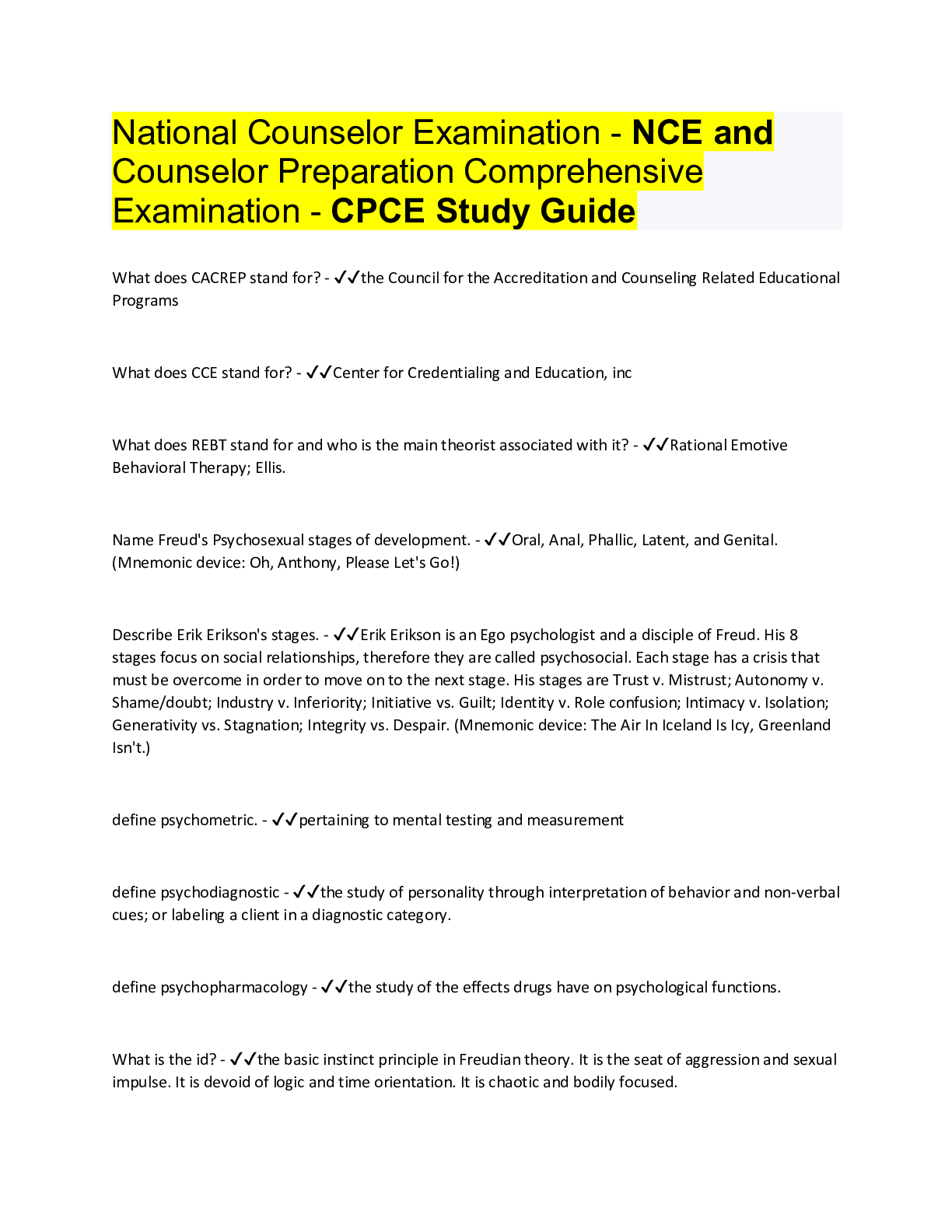
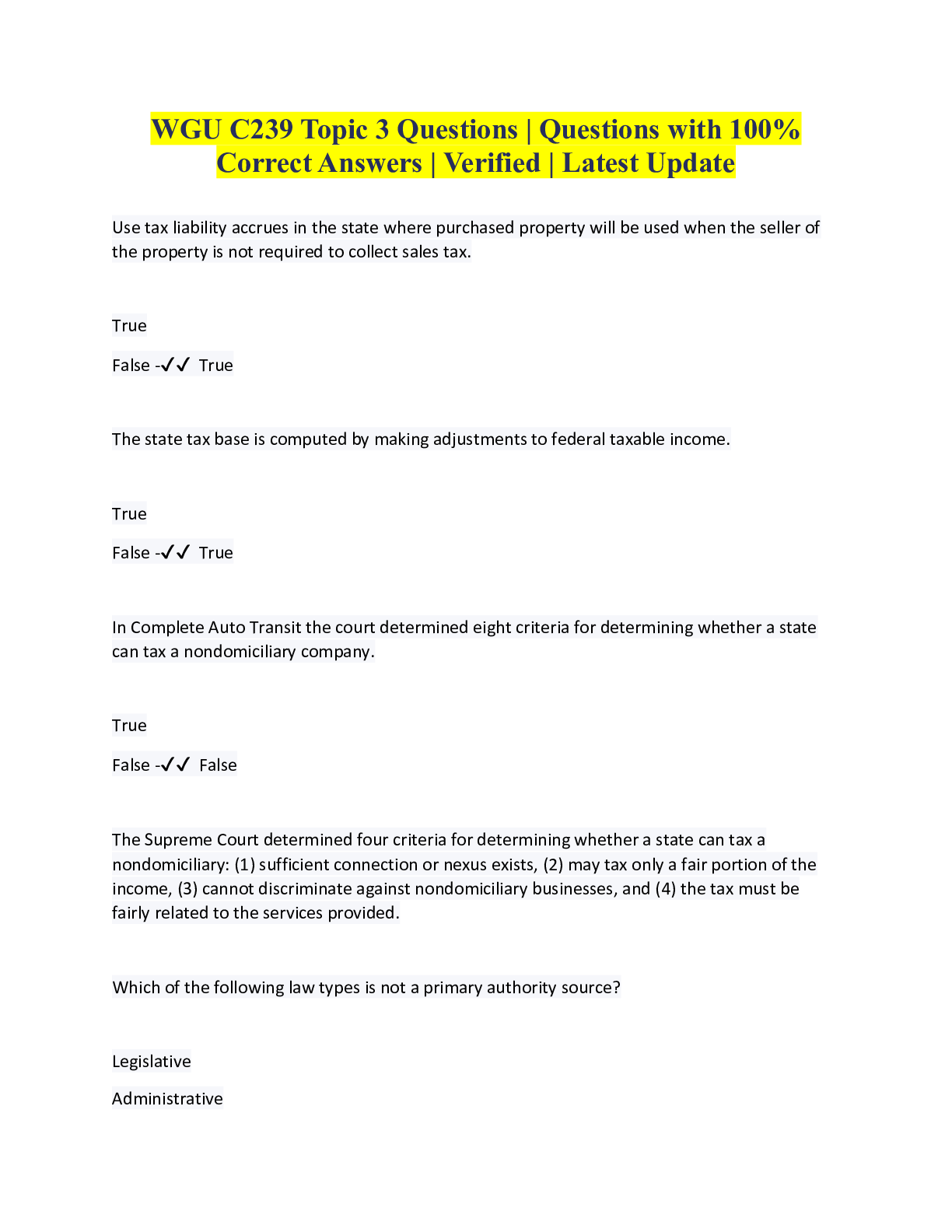
.png)
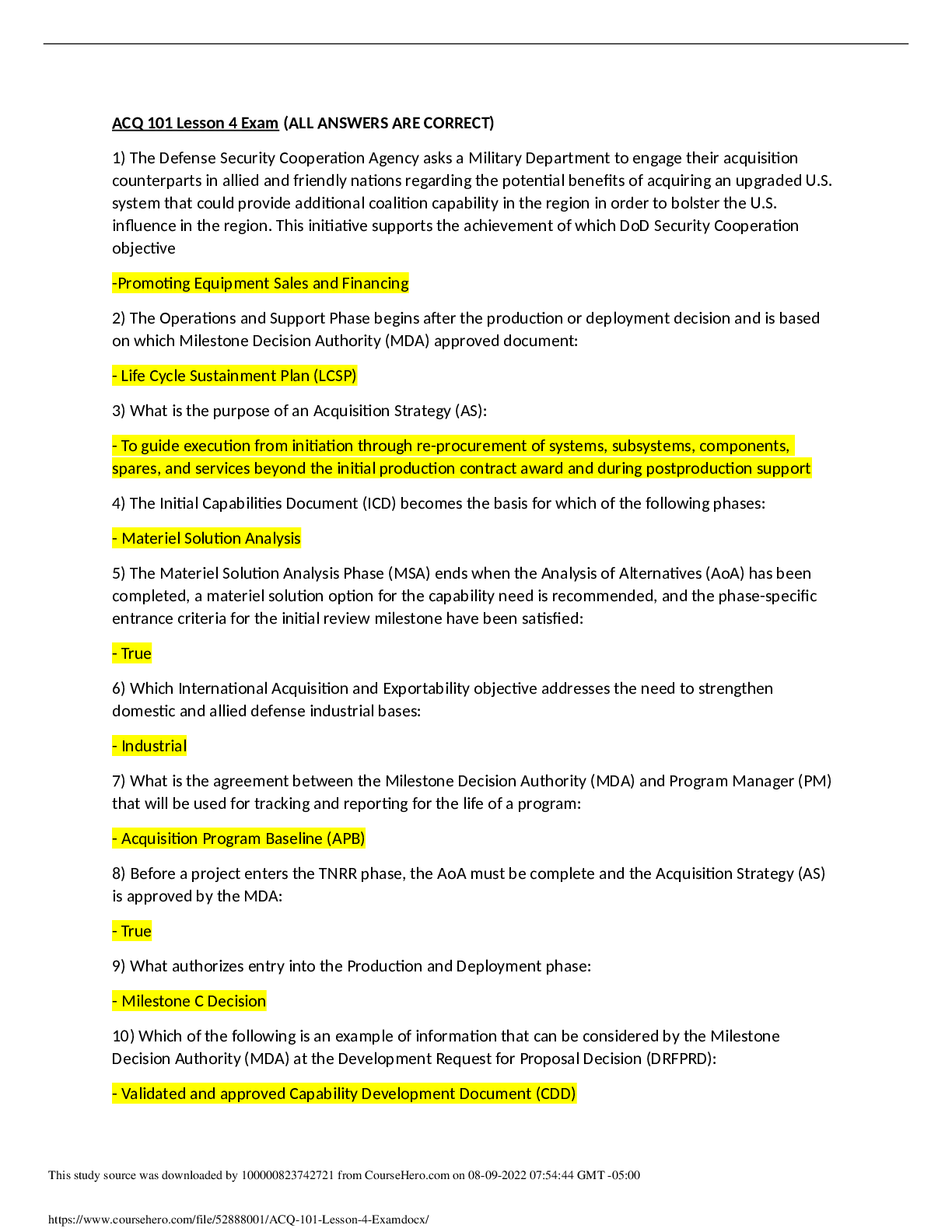

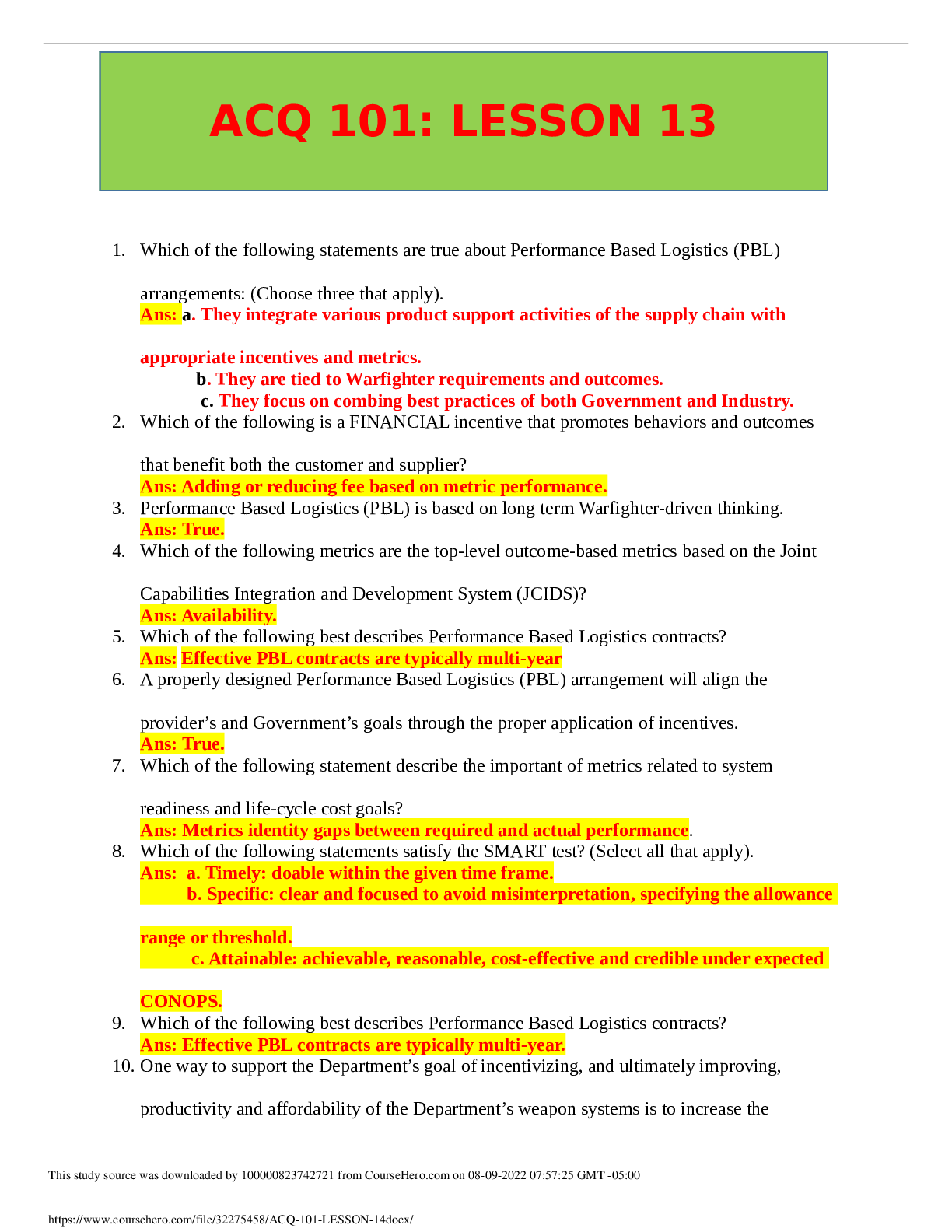

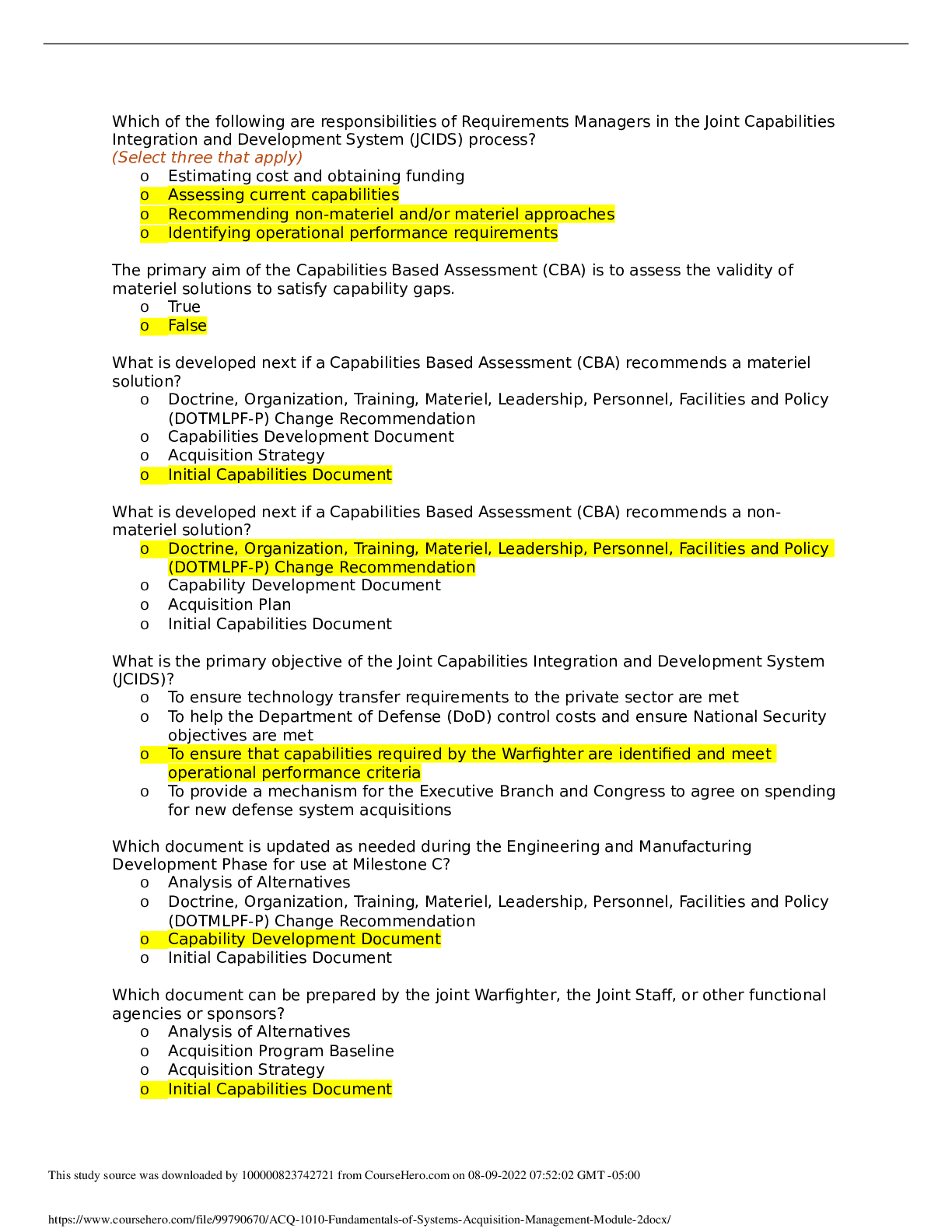

 Med Surg test Questions and Answers with Explanations, 100% Correct, Download to Score A.png)




